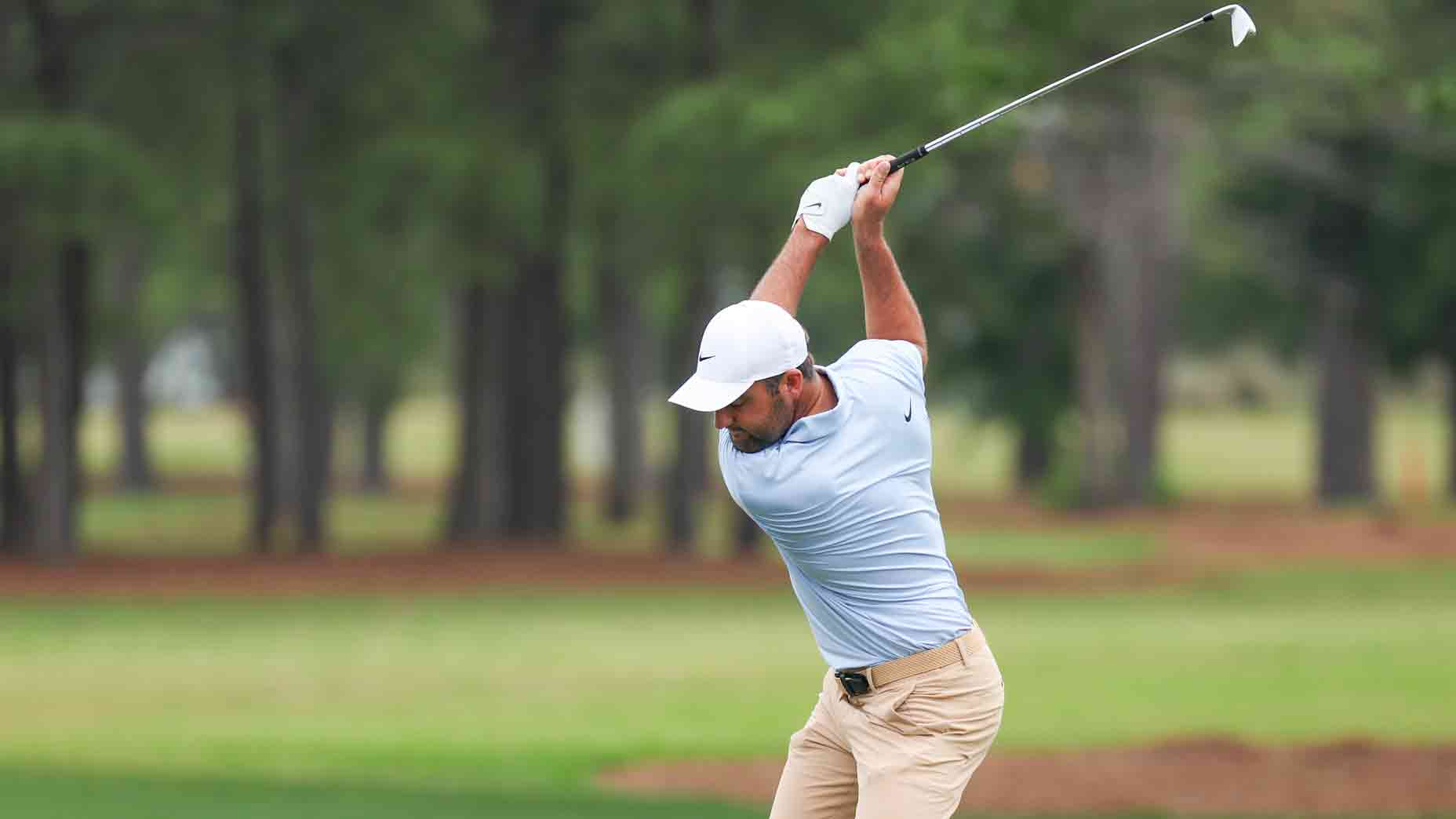Full transparency: Fixing your golf swing is no easy task.
As someone who started reworking his mechanics around this time last year, I’m still struggling with some of my previous bad habits, finding myself swaying instead of rotating in the backswing, struggling with grip pressure, and having problems with shifting my weight.
While it’s frustrating, I’m trusting the process and staying patient — despite some bad results along the way.
True Spec Fitting
View Product
How to fix your golf swing in 3 easy steps
Instead of going with a full-fledged swing change, it can be easier to piecemeal different aspects of the swing, slowly implementing adjustments over time. By doing so, you can focus on mastering that one fix first, then move on to other parts.
It’s also easier to do in real time (and from the range!), so you don’t have to worry so much about the outcome.
So if you’re looking to make some subtle changes that can have a major impact on your golf swing, take a look at the tips from GOLF Top 100 Teacher Jon Tattersall, who provides three easy fixes to cure some inconsistencies and discover the secret to better results.
Have a vice-like grip
I’m someone who already grips the club quite sturdy, so this is something I’ve really worked on doing more consistently with my clubs over the past year — especially the driver and longer irons.
If you’re a golfer who typically uses a light grip, Tattersall says it’s time to rethink that feeling.
“You should have enough pressure in the grip that you can control where the face points,” he explains. “Your grip is what will eliminate any independent move of the clubface.”
So to fix nasty hooks or frustrating slices, use a firmer grip, set the face square at address and maintain both all the way through the swing. It’s easier said than done, but it’s something every golfer can try out on the range.
Strike the target side of the ball
This might be the biggest issue for amateurs, as many of us struggle with hitting the ball first in order to compress and flush it. But Tattersall says that there’s a simple way to work on making ball-first contact.
“Draw a line in the grass and practice regularly hitting the target side,” he says. “Your body should shift from trail foot to lead foot, which will help get the grip of the club moving up and in.”
There are more elements to this in order to be successful, but starting slower and hitting stock shots or half shots is a good way to get the motion and experience the feel.
“Don’t try to hit down,” Tattersall adds. “Instead, the [club]head should be passing through the handle during impact.”
Increase the speed in your backswing
According to Tattersall, the best players in the world are precise when it comes to matching their backswing speed with the downswing speed. Unfortunately, this isn’t the case for many amateurs — especially mid-handicappers like me, who often feel “sped up” when trying to increase clubhead speed.
The key to creating more speed and power is using a “rhythmical motion,” per Tattersall. This means loading up in your backswing and using even more power as you come through impact.
“We need to create power during the downswing,” Tattersall says. “So if your backswing is too slow, you will over-accelerate in transition and lose control.”
To exaggerate this feeling, it’s good to use a weighted training aid (like the SuperSpeed Golf Training System), which can almost instantly build more speed in the swing.
